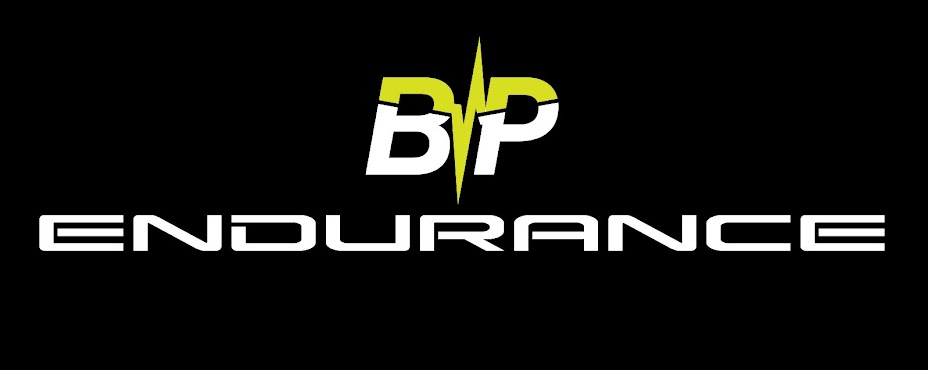Gradually, however, I found that the smaller circles were better for me and no more knee pain. The pedals were so much easier to spin around. Oddly enough, it seemed of most benefit on hills, allowing me to keep up my pedal speed much better. The shorter cranks won me over. Replacing perfectly good cranks may seem unjustifiably expensive, but I am serious about my mountain biking. The difference is enough to make it worth the money.
Watch out for long cranks, they cause a very sharp bend in the knee at top dead center right where you begin to apply power. Too short cranks don't pose a risk to the knee joint but they also won't be efficient unless you spend a lot of time at high cadence.

Leg Length Crank Length
60 to 65cm - 150mm
66 to 70cm - 155mm
72 to 75cm - 160mm
75 to 78cm - 162.5mm
79 to 81cm - 165mm
82 to 83cm - 167.5mm
83 to 86cm - 170mm to 172.5mm
87 to 90cm - 175mm to 177.5mm
91 to 94cm - 180mm
94cm plus - 185mm
modify for specialized events:
* subtract 2.5mm for track racing (or more on short steep tracks
or short events),
* subtract 2.5 to 5mm if you have frequent knee problems,
* add 2.5mm for time trials and hilly races, (and MTB races),
* add 5mm for pure hillclimbs.

No comments:
Post a Comment